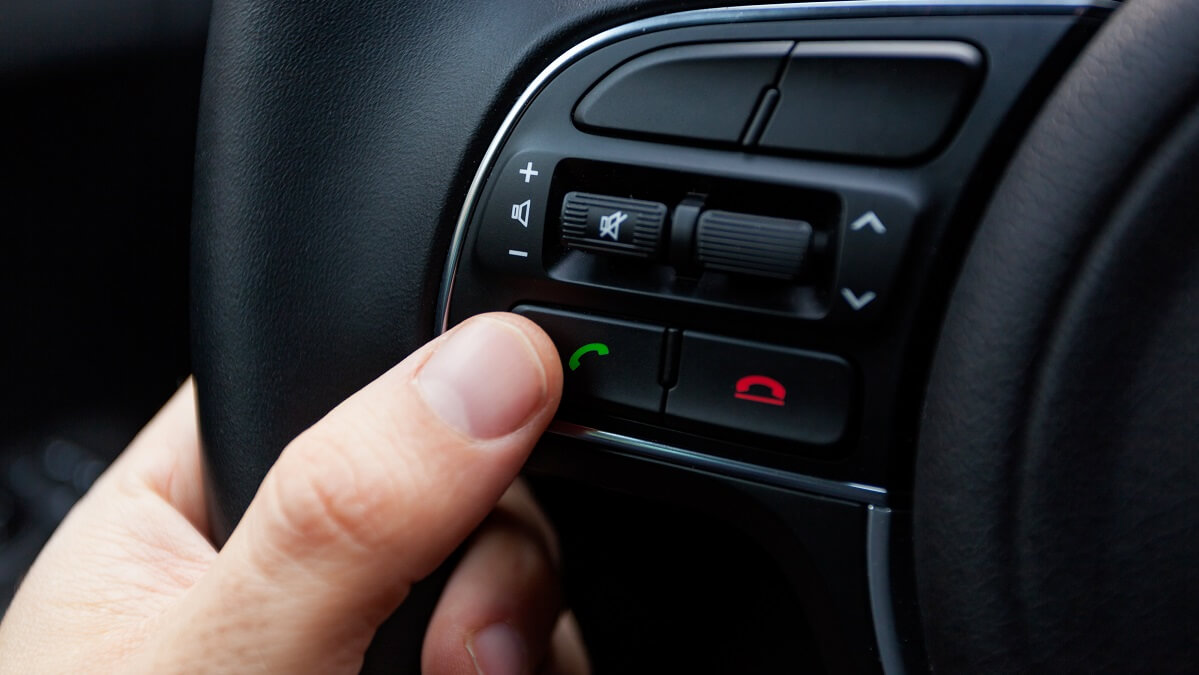Mobile phones are increasingly the cause of accidents on our roads, but a little-known feature can stop them from being so distracting.
Both Apple iPhones and Android phones come with features that are made to make travelling with our devices that much safer.
Current iOS software for Apple smartphones comes with a setting called ‘Do Not Disturb While Driving’.
Read: What does aircon really do to your body?
When you turn on this setting, your phone will limit and mute notifications, but will also reply to contacts who send you messages while you are driving, letting them know that you are on the road.
Once you arrive at your destination, you simply switch back to your normal settings and all your alerts are there waiting for you.
How to launch it
First, you’ll need to launch Settings and select Do Not Disturb. From the Do Not Disturb settings, scroll down to find the Do Not Disturb While Driving section.
Read: Falling down the rabbit hole of pet technology
Next, you’ll need to tap Activate and you’ll then see the following three options:
- Automatically
- When connected to car Bluetooth and,
- Manually
If you select Automatically, the Do Not Disturb While Driving setting will activate when your iPhone detects that you’re moving at a speed that is similar to being in a vehicle.
This is fine if your main mode of transport is a car and you are mainly driving, but might not be the mode you want to select if you catch a lot of public transport or are often a passenger in a car.
If you are regularly a passenger in a car, the same is true if you select When Connected To Car Bluetooth, which activates whenever it connects to your car’s Bluetooth-enabled receiver.
That is when you should probably select Manually, although that requires more work to constantly remember to turn it off and on.
If you are worried about missing an important message while driving, the feature also allows for the message sender to get around the feature by replying with ‘urgent’ when there is an emergency.
What about Android?
While Androids don’t feature an explicit item that mutes notifications while driving, it is still possible to quickly enable Do Not Disturb mode before you get behind the wheel.
Simply swipe down from the top of your screen to open the notification shade and select the Do Not Disturb icon. To make changes to your settings, you’ll need to long tap on the Do Not Disturb icon to go into the Settings menu.
Once you’re in settings, you’ll see the following three options:
- Behaviour
- Exceptions and,
- Schedule
In the Behaviours section, you’ll find two options, Sound and Vibration, as well as Notifications.
In Sound and Vibration, you can choose what you’d like to be muted – including alarms, media and touch sounds.
The second option is Notifications, here you can hide the sound from notifications, or you can hide visual and sound interruptions. To tailor even further, tap on the gear icon next to Custom and toggle off things like ‘don’t turn on screen’, ‘don’t blink light’ and ‘hide notification dots’.
Exceptions is the second section, and it allows you to create a list of contacts who can reach you during Do Not Disturb.
The final section is called Schedule, and in this you’ll find two subsections: Duration and Turn Off Automatically. When you tap on the Duration tab, a pop-up will appear allowing you to enable Do Not Disturb until you manually turn the feature off, set a defined time limit, or have the system ask you each time you wish to enable the Do Not Disturb feature.
The Turn On Automatically section allows you to automatically turn Do Not Disturb Mode on and you can also set custom rules in this section, including an option to turn the mode on when the phone detects you’re driving.
Were you aware that your phone comes with these functions? Do you use them while driving? Will you use them now that you know about them? Why not share your thoughts in the comments section below?
Do you have your phone set up hands free? Or do you just not use your phone while driving? Let us know in the comments section below.


I was aware of these items in my phone but honestly did not understand them fully so thank you for the very clear and interesting instructions. I very rarely drive anymore but I use Public Transport on a fairly regular basis. I really do not like taking calls when using public transport and I also do not like having to tell the caller that I will have to ring them back so, the functions you have hilted are going to be very useful. Thank you for an interesting article.